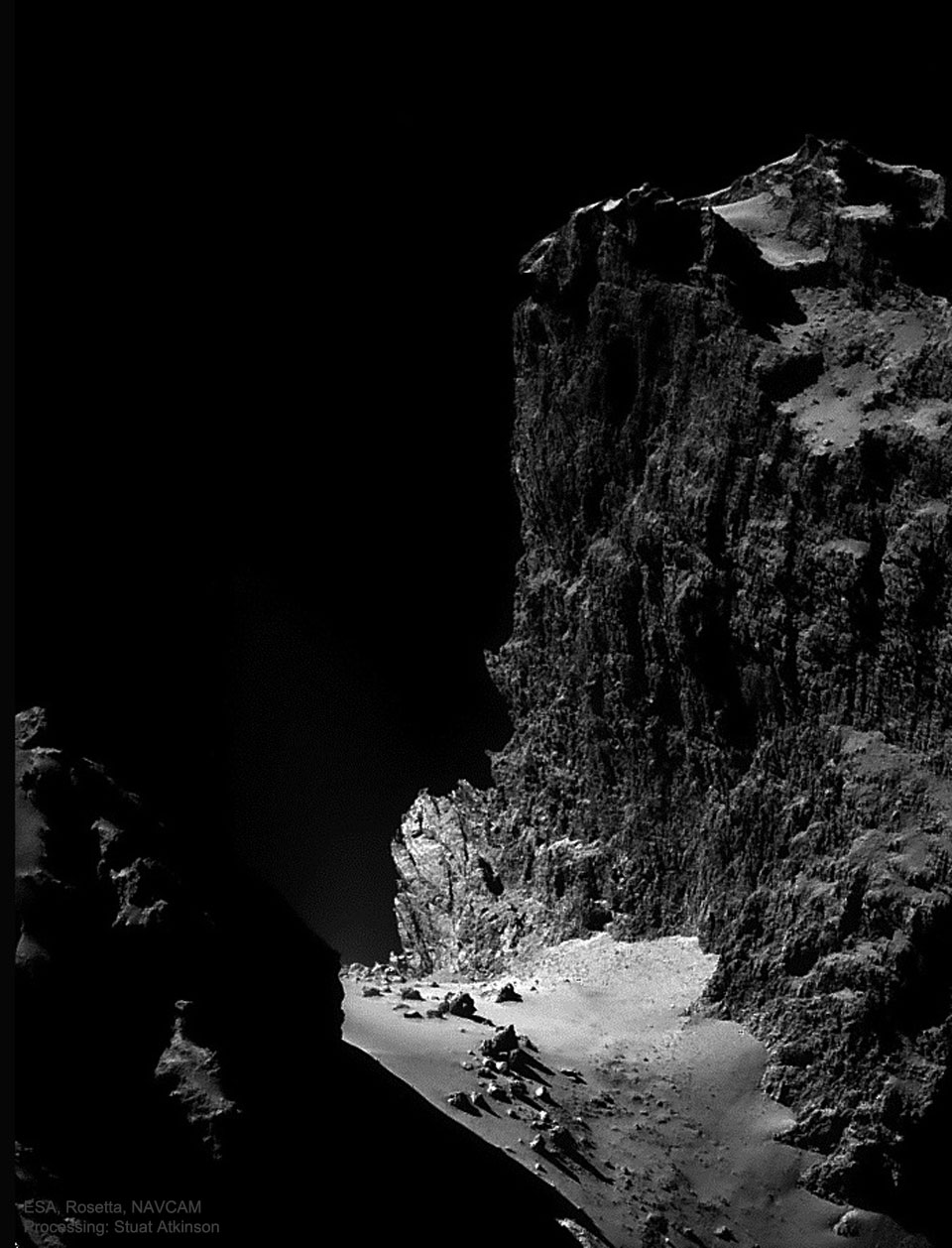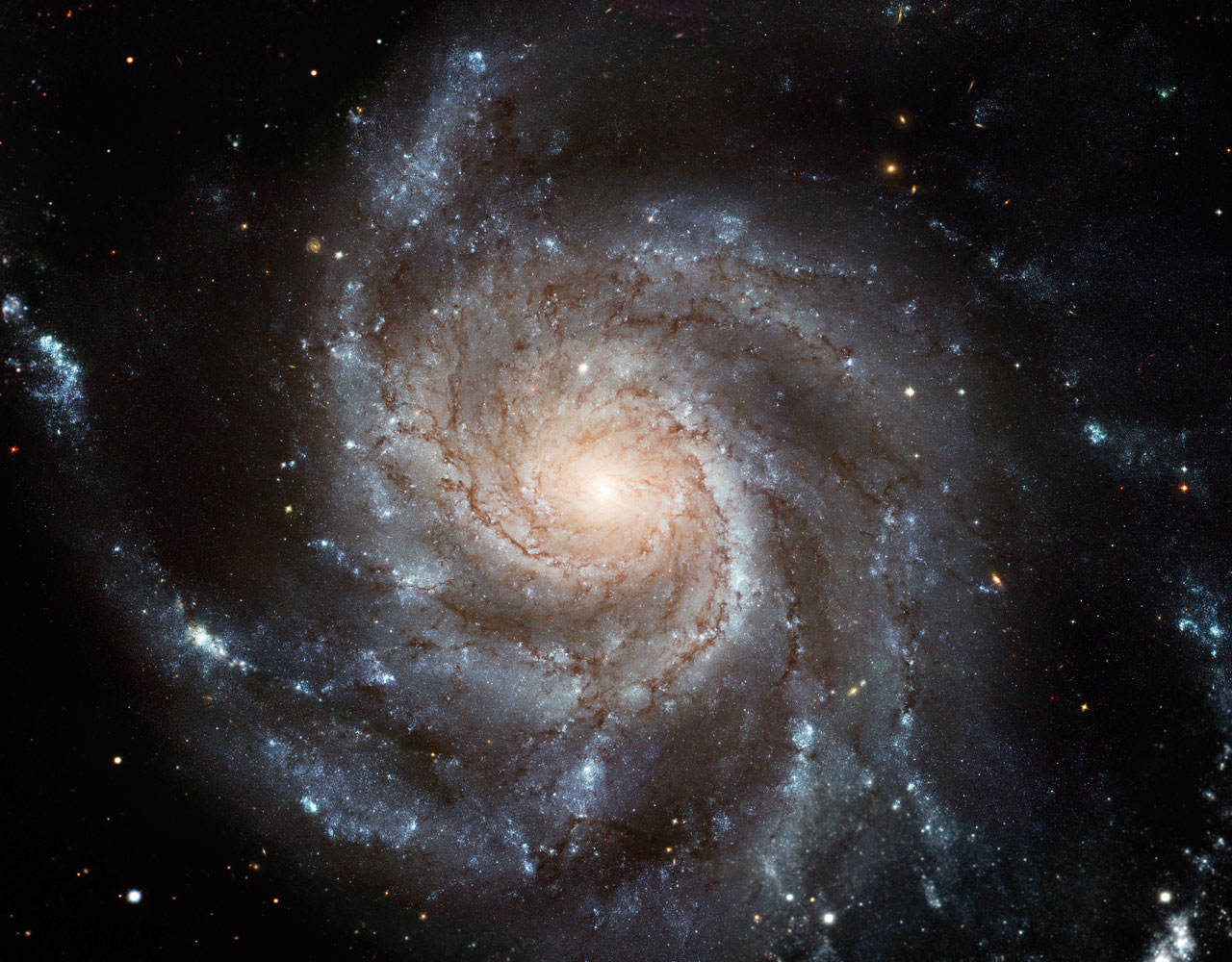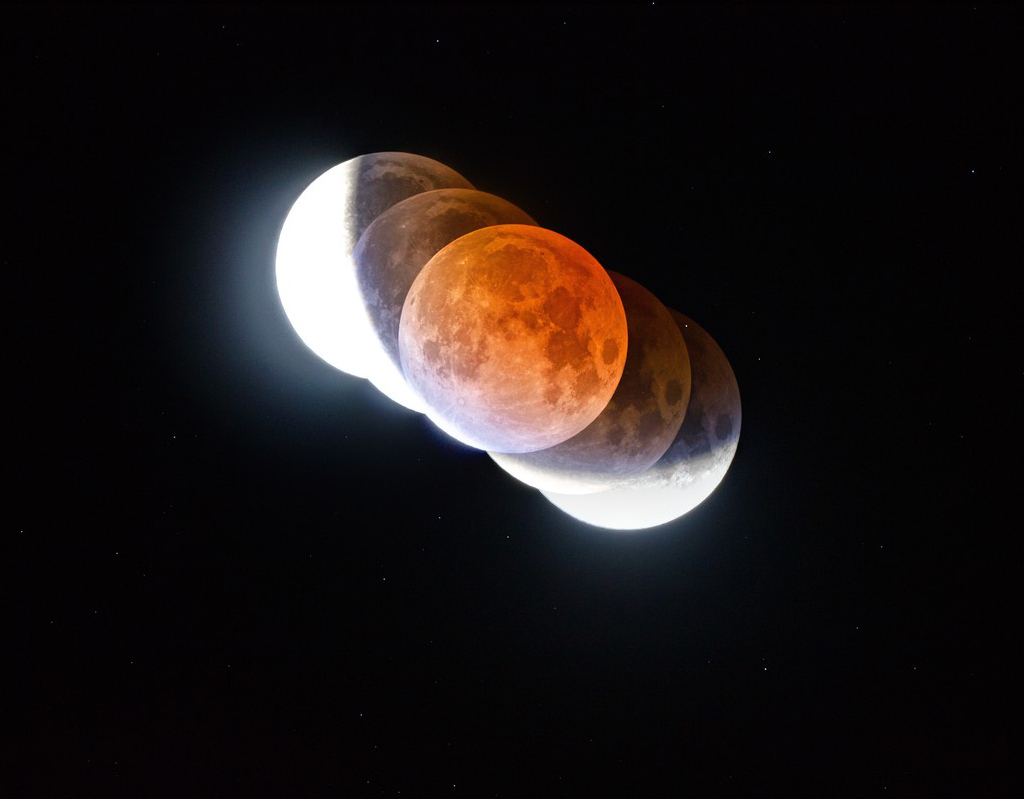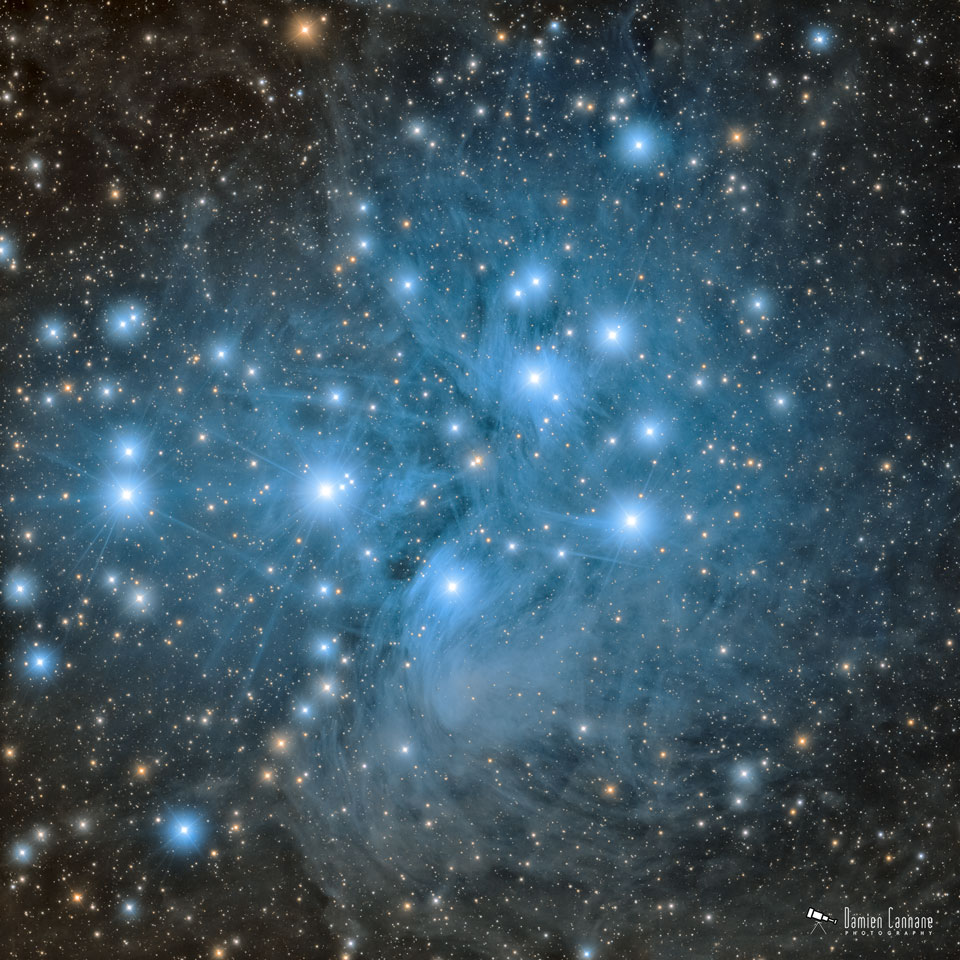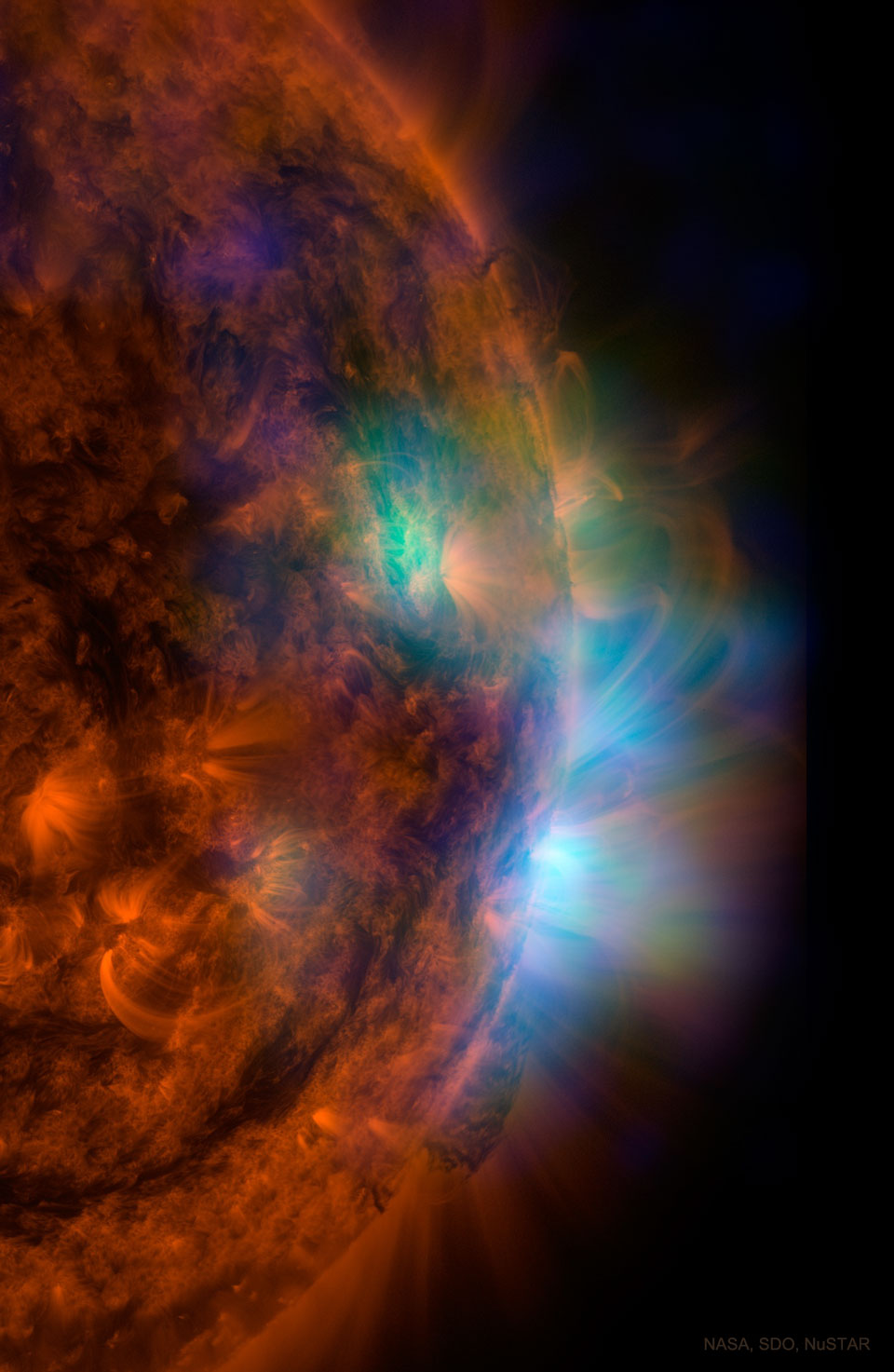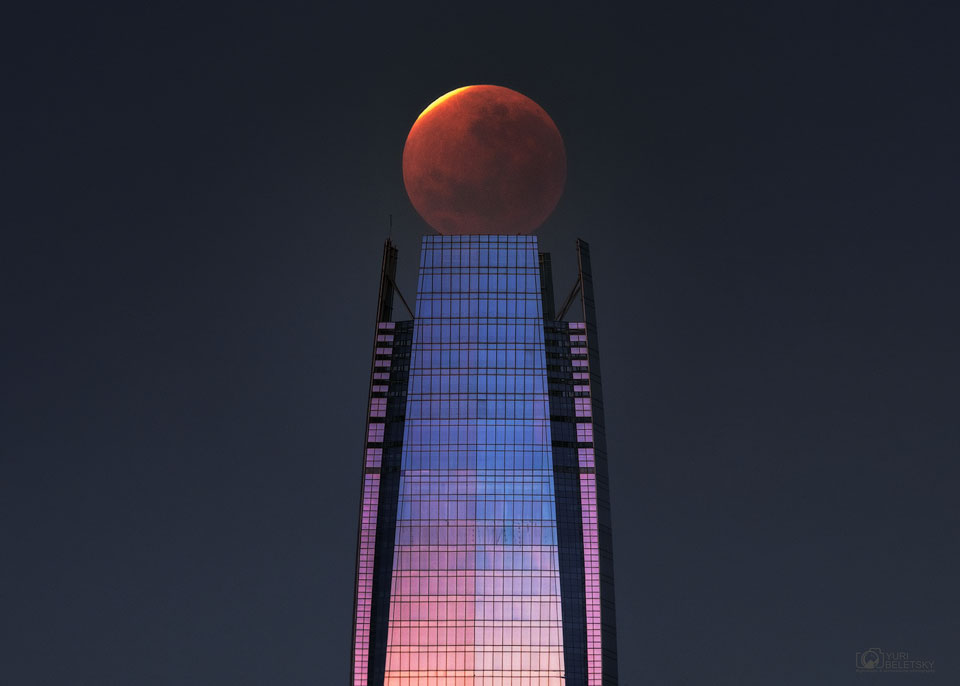
What’s that moving across the sky? A planet just a bit too faint to see with the unaided eye: Uranus. The gas giant out past Saturn was tracked earlier this month near opposition — when it was closest to Earth and at its brightest. The featured video captured by the Bayfordbury Observatory in Hertfordshire, UK is a four-hour time-lapse showing Uranus with its four largest moons in tow: Titania, Oberon, Umbriel and Ariel. Uranus’ apparent motion past background stars is really dominated by Earth’s own orbital motion around our Sun. The cross seen centered on Uranus is called a diffraction spike and is caused by light diffracting around the four arms that hold one of the telescope’s mirrors in place. The rotation of the diffraction spikes is not caused by the rotation of Uranus but, essentially, by the rotation of the Earth. During the next few months Uranus itself will be visible with binoculars, but, as always, to see its moons will require a telescope. via NASA https://ift.tt/3d4C8aC

